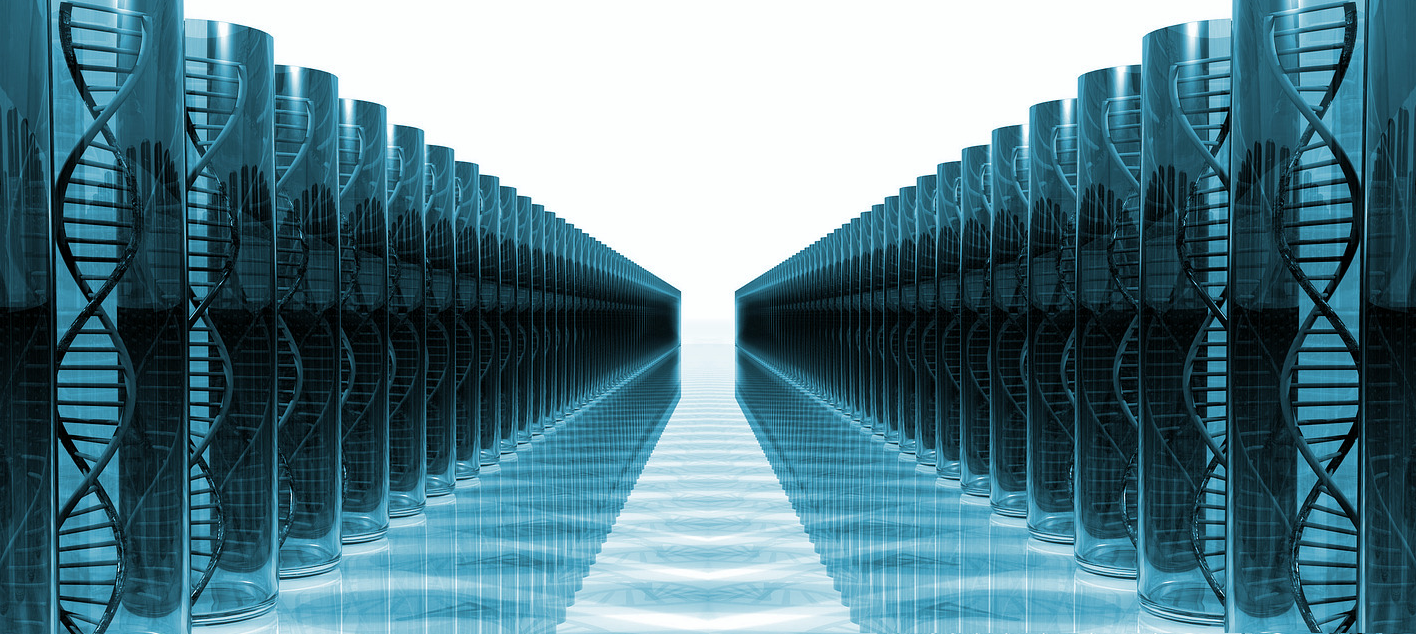About the project
By performing in silico (computerized) experiments we aim:
- modeling and optimizing of the structure of mu-, delta- and kappa- opioid receptors, cannabinoid receptors and neurotensin receptors;
- determining the structure of the ligand-receptor complex and the minimum free energy of binding in certain structures of receptor and ligand, and studing the method of connection in order to offer modifications to ligands;
- prediction of biological activity;
- development of a mathematical model for predicting the biological activity by using the results of molecular docking of new ligands and the results of in vitro tests;
- studying the applicability of cloud structures and server virtualization tasks in protein folding, docking and the prediction of biological activity.
Methods and models to achieve the objectives:
- "hydrophobic-hydrophilic" model;
- method of homology modeling;
- solving the problem of protein folding by using the following three types of combinatorial algorithms: heuristic, combinatorial-optimizational, and approximational;
- determining the binding mode of the ligand and the receptor using geometrical and energetic methods;
- application of ligand-based and structure-based approaches, in which: molecular analysis of the fields of protein homology modeling, docking and virtual screening of bioactive compounds, the determination and analysis of protein-ligand interactions for the 3d structure of the target biomacromolecule.
Key results:
- modeling and optimization of the 3d structure of the study receptors - opioid, cannabinoid, and neurotensin;
- development of a mathematical model describing the relationship between the parameters and the results of the docking of particular biological importance of in vitro assays to predict biological activity of the compounds;
- determination of the quantitative relationship between the biological activity of a series of compounds and their physico-chemical properties.
| About the project |
|---|
| About bioinformatics |
| Objectives |
 Български
Български English
English